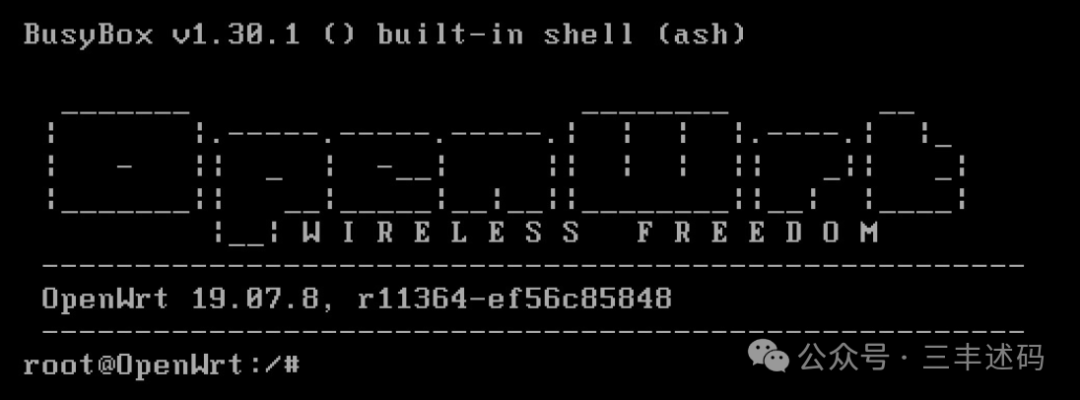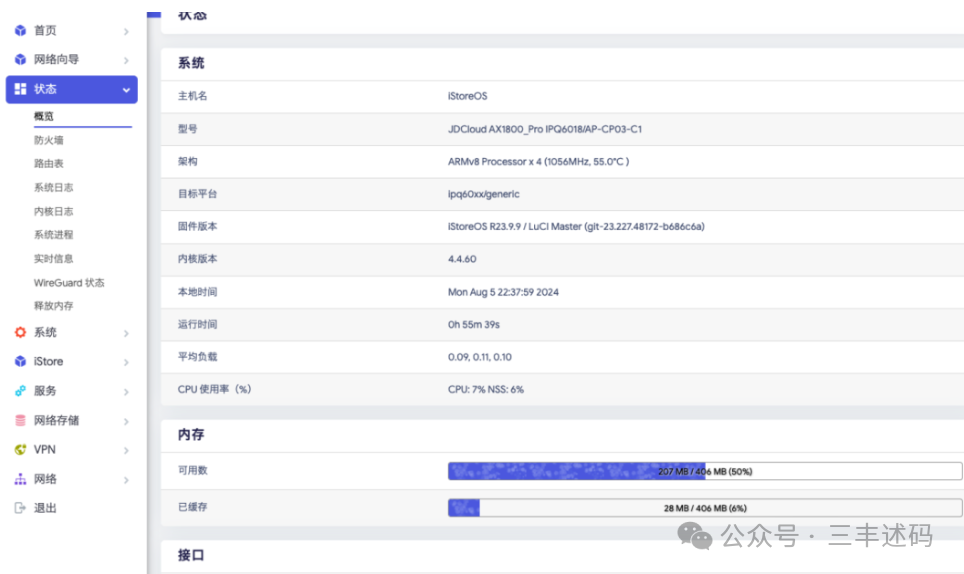Introduction
OpenWrt is an open-source operating system primarily used for embedded devices, especially wireless routers and access points. It is based on the Linux kernel and designed to replace the firmware provided by manufacturers, offering users more flexibility, customization, and features.
Here are some key features of OpenWrt:
1. Customizability: OpenWrt provides an extensible framework, allowing users to install and configure packages according to their needs.
2. Package Management System: OpenWrt uses the opkg package management system, similar to Debian’s apt or Red Hat’s yum, making it easy to install, update, and manage packages.
3. Networking Features: OpenWrt supports various network protocols and configurations, making it an ideal choice for network management and applications.
4. Community Support: OpenWrt has an active community that provides extensive documentation, tutorials, and packages.
5. Stability: Due to its open-source nature, many developers and users continuously test and improve OpenWrt, making it generally regarded as very stable.
6. Compatibility: OpenWrt supports many hardware platforms, including some older and unsupported devices.
Use cases for OpenWrt include:
– Home or small office networks: Serving as the main router operating system, providing advanced networking features and customization services.
– Wireless bridging: Connecting different network segments or extending wireless coverage.
– Hotspot services: Providing Wi-Fi access services in public places.
– Monitoring and security: Integrating network monitoring and security tools to protect the network from attacks.
– Experimentation and development: Serving as a platform for researching and developing network-related technologies.
OpenWrt is popular among enthusiasts and professionals for its powerful features and flexibility.


Features
-
Highly customizable: Users can add or remove packages based on their needs. -
Wide hardware support: Supports various routers and embedded devices. -
Powerful networking features: Including but not limited to VLAN, QoS, VPN, etc. -
Security: Provides the latest security updates and protections. -
Community support: Has an active community providing technical support and resource sharing.

Main Features

-
Router functions: Provides standard networking features such as routing, NAT, DHCP, and firewall. -
Wireless network extension: Supports multiple wireless standards, allowing for an extended wireless network coverage. -
Network sharing: Can serve as a file server, print server, etc. -
VPN server: Supports various VPN protocols for secure remote access. -
Traffic control: Manages and optimizes network traffic through QoS.
Supported Devices
OpenWrt supports a variety of hardware devices, especially wireless routers and access points. Here are some common device types and specific models that support OpenWrt:
1. Wireless Routers:
– Netgear WNDR3700
– Linksys WRT54G (classic “WRT” series)
– Buffalo WHR-HP-G54
– Asus RT-N16
– TP-Link TL-WR1043ND
– D-Link DIR-825
2. Wireless Access Points:
– Ubiquiti UniFi AP
– OpenMesh OM5P-AC
3. Small Embedded Devices:
– Raspberry Pi (all models)
– BeagleBone Black
– Banana Pi
– Orange Pi
4. Other Network Devices:
– pfSense firewall devices
– MikroTik RouterBOARD
– GL-iNet devices
5. Custom Hardware:
– Atheros AR71xx/AR9xxx series
– Broadcom BCM47xx/BCM53xx series
– MediaTek Ralink RT38xx/RT5350/MT7620/MT7621 series
The official OpenWrt website provides a compatibility list (called the “Device Database”), which lists a large number of devices that support OpenWrt, including their hardware specifications, supported versions, and community-provided installation guides. Since there are many types of hardware and the community continuously updates and maintains it, this list is always changing.
When choosing a device, it is important to check the device’s processor, memory, storage space, and other hardware features to ensure they meet OpenWrt’s system requirements. Additionally, some devices may require specific firmware versions or need to be flashed to specific partitions to run OpenWrt properly. Before installing OpenWrt, it is recommended to read relevant installation guides and forum discussions carefully to ensure a smooth installation process.
Open Source Address
Follow the public account and reply 20240929 to obtainYou might also like:
[Open Source] Auxiliary College Education System, supports a million user-level online education platform system
What are the advantages of our custom development projects?
[Open Source] Visual Drag-and-Drop Programming, Automatically Generate Projects, Automatically Generate Code, Import Third-Party Components
[Open Source] Next-Generation Crawler Platform, Define Crawling Processes Graphically, Complete Crawling Without Writing Code
[Free] Quickly Generate Videos from Stories, Free and Unlimited! Use AI to Generate Original Videos in Minutes with One Click! Tutorial Included
Add WeChat to join the relevant group chat,
Note “Microservices” to join the group chat
Note “Low Opening” to join the low opening group chat
Note “AI” to join the big data and data governance group chat
Note “Digital” to join the IoT and digital twin group chat
Note “Security” to join the security-related group chat
Note “Automation” to join the automation operation and maintenance group chat
Note “Trial” to apply for product trials
Note “Channel” to collaborate on channel information
Note “Customization” to customize projects, full source code delivery
